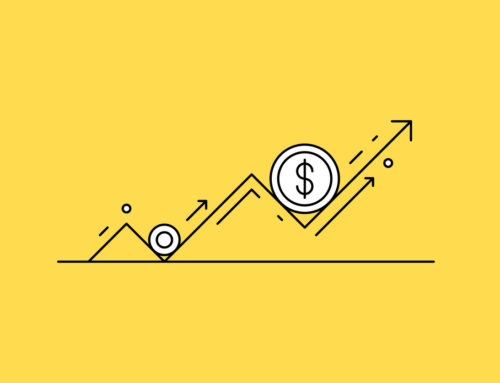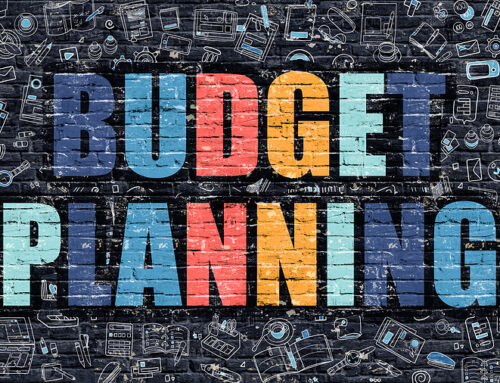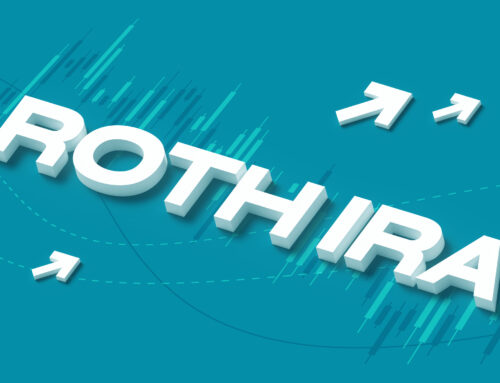
A high-yield savings account has long been a go-to tool for savers looking to earn a little extra interest on cash reserves while keeping funds accessible. But the role it plays can shift dramatically as you move from your working years into retirement. While higher interest rates compared to traditional savings accounts can make it attractive, it’s important to understand both what a high-yield savings account can do for you in retirement and what it can’t.
During Your Working Years
When you’re still employed, a high-yield savings account often functions as a parking spot for short-term savings. Many people use it for:
- Emergency funds: covering unexpected car repairs, medical bills or temporary income disruptions.
- Short-term goals: saving for a vacation, down payment or major purchase.
- Overflow cash: funds that aren’t immediately invested but are earning more than they would in a standard checking account.
The emphasis at this stage is on liquidity and safety—earning a bit more interest without taking on market risk.
As You Approach and Enter Retirement
Once retirement nears, your financial priorities shift from accumulating wealth to preserving it and generating reliable income. In this stage, a high-yield savings account can play a supporting role by:
- Providing liquidity: a buffer for unexpected expenses so you don’t need to dip into long-term investments at the wrong time.
- Serving as a cash-flow bridge: covering monthly expenses while waiting on investment distributions, Social Security, or pension payments.
- Helping manage taxes: keeping cash on hand for quarterly estimated tax payments without tying it up in riskier assets.
Here, the high-yield savings account acts less like a growth vehicle and more like a stabilizer—offering quick access to cash without jeopardizing your retirement investments.
When You’re in Retirement
Later in retirement, the high-yield savings account often becomes about peace of mind and simplicity. Its role may include:
- Covering healthcare costs: keeping a cash cushion for deductibles, premiums, or long-term care expenses.
- Maintaining flexibility: ensuring funds are available if market conditions make it less favorable to draw from investment accounts.
- Supporting legacy goals: holding cash for gifting or charitable contributions without affecting longer-term portfolios.
At this point, retirees often value having “safe money” that won’t fluctuate with the markets and can be tapped without penalty.
What a High-Yield Savings Account Shouldn’t Be Used for in Retirement
Despite its advantages, a high-yield savings account has limits. It should not be considered:
- A long-term growth strategy: Interest earned will rarely keep pace with inflation, meaning its purchasing power erodes over time.
- A substitute for income planning: It won’t provide the structured payouts or risk protection that products like annuities or pensions can.
- A tax shelter: Unlike retirement accounts (IRAs, Roths, 401(k)s), high-yield savings accounts offer no tax-deferred or tax-free growth benefits.
If you’d like to learn how to balance safety and growth in your retirement strategy, consider speaking with us to help introduce a financial strategy that takes into account your unique needs and goals.
SWG 4793136-0925








